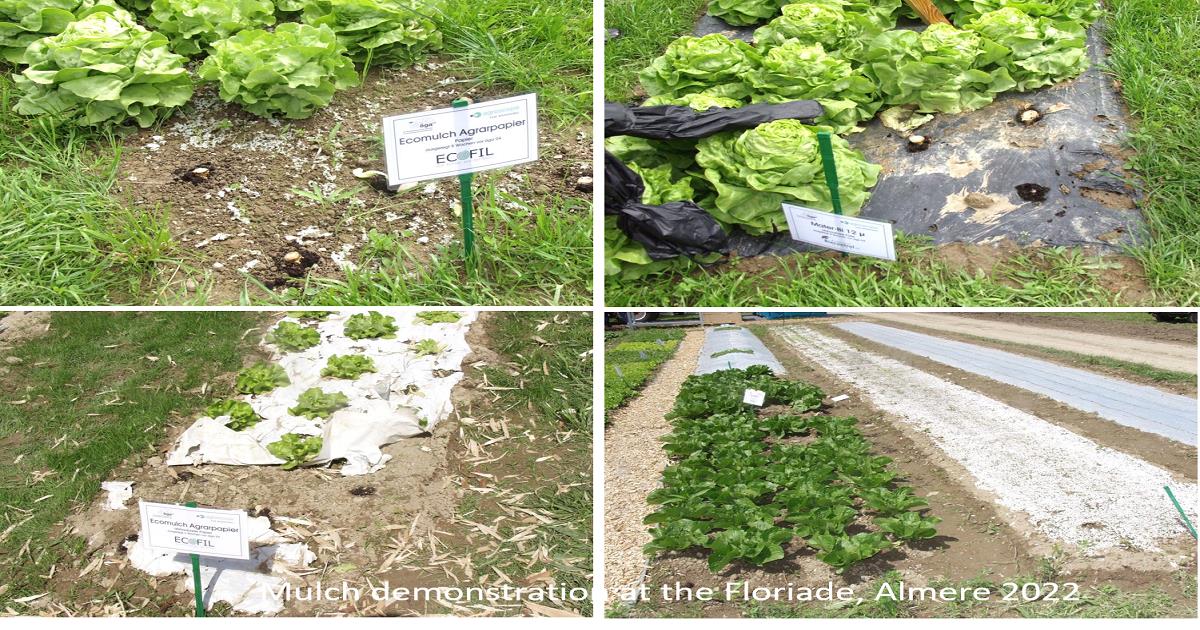Challenges in Sustainable Plant Cultivation and Produce Supply
A special issue of Sustainability (ISSN 2071-1050). This special issue belongs to the section "Sustainable Agriculture".
Deadline for manuscript submissions: closed (31 December 2023) | Viewed by 4550

Special Issue Editor
Interests: sustainable horticulture; carbon footprint; LCA; resource conservation; soil; water
Special Issues, Collections and Topics in MDPI journals
Special Issue Information
Dear Colleagues,
The open access journal Sustainability (ISSN 2071-1050, IF 3.889) is pleased to announce a new Special Issue entitled "Challenges in Sustainable Plant Cultivation and Produce Supply".
The submission deadline is 31 December 2023. Manuscripts may be submitted from now until 31 December 2023, as papers will be published on an ongoing basis.
I invite you and your collaborators to send manuscripts such as articles, reviews, and other types of publications (please find instructions from https://www.mdpi.com/journal/sustainability/instructions) for inclusion in this Special Issue.
The topics of the manuscripts can include (but are not limited to) reductions of fertilizers, pesticides, energy and water, water saving irrigation, alternatives and recycling of agricultural plastics for plant cultivation, measures to improve humus, savings in the use of fossil fuel and energy during cultivation and storage of arable crops, fruit and vegetables of temperate zone as well as (sub-)tropical crops and storage of the harvested produce.
I would appreciate if you could submit short abstracts of your work as soon as possible in order for them to be included in the list of planned papers, which will be uploaded on the SI website.
If you have questions or require more information, please do not hesitate to contact me.
I look forward to receiving your contributions.
Kind regards,
Dr. Michael Blanke
Guest Editor
Manuscript Submission Information
Manuscripts should be submitted online at www.mdpi.com by registering and logging in to this website. Once you are registered, click here to go to the submission form. Manuscripts can be submitted until the deadline. All submissions that pass pre-check are peer-reviewed. Accepted papers will be published continuously in the journal (as soon as accepted) and will be listed together on the special issue website. Research articles, review articles as well as short communications are invited. For planned papers, a title and short abstract (about 100 words) can be sent to the Editorial Office for announcement on this website.
Submitted manuscripts should not have been published previously, nor be under consideration for publication elsewhere (except conference proceedings papers). All manuscripts are thoroughly refereed through a single-blind peer-review process. A guide for authors and other relevant information for submission of manuscripts is available on the Instructions for Authors page. Sustainability is an international peer-reviewed open access semimonthly journal published by MDPI.
Please visit the Instructions for Authors page before submitting a manuscript. The Article Processing Charge (APC) for publication in this open access journal is 2400 CHF (Swiss Francs). Submitted papers should be well formatted and use good English. Authors may use MDPI's English editing service prior to publication or during author revisions.
Keywords
- sustainability
- environmental-friendly plant production
- protected cultivation systems
- humus accumulation
- single-use plastics
- disposal
- storage
- energy saving
- fossil fuel saving





